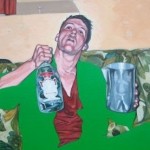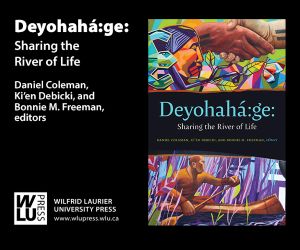There’s a tin of date and nut loaf that my friend Errol gave to me back in 1992, near the end of our friendship. In fat, permanent marker he wrote “Buddies Forever.” I haven’t seen Errol since ’92 but the tin sits on my bookshelf, its contents dense and stable.
Does a friendship continue if you know you will never meet or interact with that person again? Maybe it’s best to say, “He was my best friend, but our lives diverged.” But maybe a true friendship is something internal, something that needs no reflection and is self-sustaining.
A scenario: You overhear a conversation at a pub in which a slightly overweight, balding and competent drinker mentions, in passing, “an old army buddy” with no more emphasis than he would in ordering the next pint. But know that there’s a good chance the old army buddy is one of the best friends the drinker ever had, or likely ever will have.
This is not a lament, but a celebration, and for the most part, soldiers hold tight to those old days. Many grumble about the days “when they were in” (as I often have) and whether you went to war, or just to a base; whether you lost friends or just gained weight: the experience remains central to whom you’ve become. The great secret of being an infantry soldier is that it teaches not just how to kill, but how to love.
My work Splitting a 60 is a filtered document – an oil painting that refers to a photo that refers to an evening that is poorly remembered – of one amongst many nights where we shared desire to run hard and fast from our infantry lives. And as is self-evident, we shared a 60 of vodka. Portrait painting can be a way to bring the lost back to life. The marks of paint are the marks of construction and memory; they are the marks of a story and its telling.
This painting-as-time-machine serves a purpose for myself and for any viewer, but those two purposes have only degrees of overlap. A viewer might come to the painting, assured that service members are drunken louts, and that military service is a failed venture. And while I might share those views to a qualified degree, I will also add that this painting is a memorial.
Military memorials are often monuments to loss, waste and that most problematic of assertions – heroism. However, memorials are also anchored by the seemingly un-soldierly assertions of expansive, unqualified love for friends.
This is a painting of my best friend Errol. It will never tangibly manifest my love of him, but it does stand as empirical evidence of my falling short, of my attempt.
(Editor’s note: the author is a Toronto-based visual artist, ex-infantryman with the Princess Patricia’s and official war artist with the Canadian Forces Artists Program.)








